Neutron scattering study points the way to more powerful lithium batteries
An international team of scientists has found a way to improve battery design that could produce safer, more powerful lithium batteries.
Apr 16, 2024
0
53
Energy & Green Tech
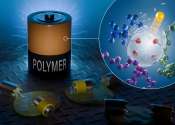
An international team of scientists has found a way to improve battery design that could produce safer, more powerful lithium batteries.
Apr 16, 2024
0
53
Robotics
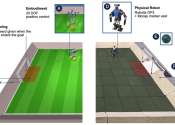
A team of AI specialists at Google's DeepMind has used machine learning to teach tiny robots to play soccer. They describe the process for developing the robots in Science Robotics.
Engineering
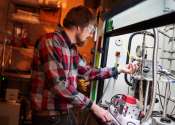
Imagine a vast volume of porous sandstone reservoir, once full of oil and natural gas, now full of a different carbon-free fuel—hydrogen. Scientists at Sandia National Laboratories are using computer simulations and laboratory ...
Apr 9, 2024
0
44
Engineering

Researchers at Princeton's engineering school have found that placing a specially designed lid over a box can dramatically increase the airflow from wind blowing across the upper surface. It is not just a parlor trick. The ...
Mar 21, 2024
0
38
Computer Sciences
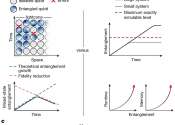
Quantum computers of the future may ultimately outperform their classical counterparts to solve intractable problems in computer science, medicine, business, chemistry, physics, and other fields. But the machines are not ...
Mar 20, 2024
0
70
Computer Sciences
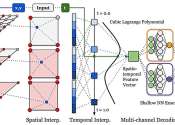
Computer graphic simulations can represent natural phenomena such as tornados, underwater, vortices, and liquid foams more accurately thanks to an advancement in creating artificial intelligence (AI) neural networks.
Mar 6, 2024
0
176
Computer Sciences

Airport operations are affected by the unpredictable nature of flight times, departure delays, weather conditions, and other factors.
Feb 27, 2024
0
33
Energy & Green Tech

A new approach to waste management could help villages in rural India cut indoor air pollution, improve soil health, and generate clean power, researchers say.
Feb 23, 2024
0
49
Robotics

Soft robotics is the study of creating robots from soft materials, which has the advantage of flexibility and safety in human interactions. These robots are well-suited for applications ranging from medical devices to enhancing ...
Feb 10, 2024
0
13
Engineering
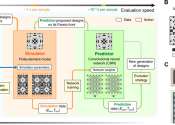
Using 3D printing, researchers at the U of A and Massachusetts Institute of Technology have developed a novel approach for achieving an optimal combination of stiffness and toughness in microstructured composites.
Feb 6, 2024
0
61
A computer simulation, a computer model or a computational model is a computer program, or network of computers, that attempts to simulate an abstract model of a particular system. Computer simulations have become a useful part of mathematical modeling of many natural systems in physics (computational physics), chemistry and biology, human systems in economics, psychology, and social science and in the process of engineering new technology, to gain insight into the operation of those systems, or to observe their behavior.
Computer simulations vary from computer programs that run a few minutes, to network-based groups of computers running for hours, to ongoing simulations that run for days. The scale of events being simulated by computer simulations has far exceeded anything possible (or perhaps even imaginable) using the traditional paper-and-pencil mathematical modeling: over 10 years ago, a desert-battle simulation, of one force invading another, involved the modeling of 66,239 tanks, trucks and other vehicles on simulated terrain around Kuwait, using multiple supercomputers in the DoD High Performance Computer Modernization Program; a 1-billion-atom model of material deformation (2002); a 2.64-million-atom model of the complex maker of protein in all organisms, a ribosome, in 2005; and the Blue Brain project at EPFL (Switzerland), began in May 2005, to create the first computer simulation of the entire human brain, right down to the molecular level.
This text uses material from Wikipedia, licensed under CC BY-SA